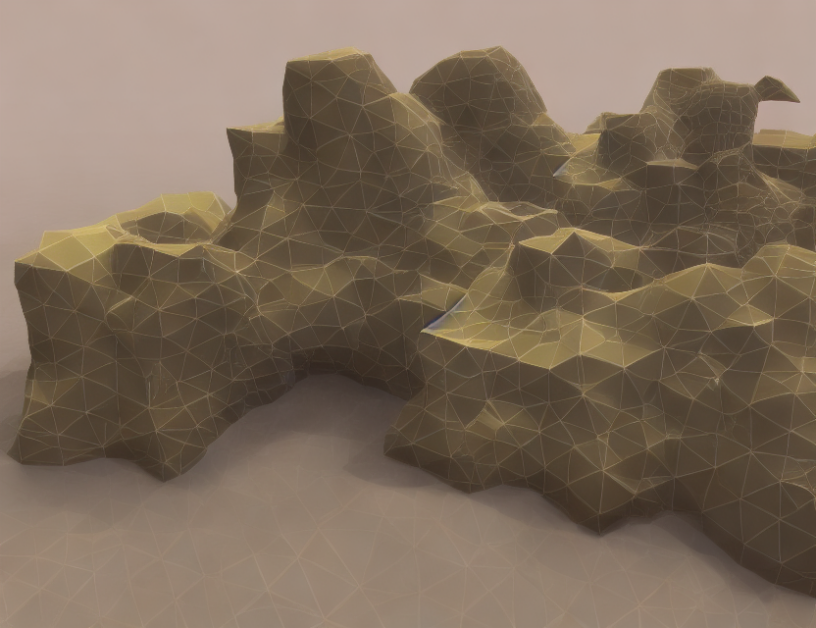Surfaces are like maps, and just like how we use different projections to represent the Earth on a flat map, researchers have found ways to project complex surface shapes onto simpler ones using something called conformal parameterizations. These techniques help reduce distortion in the projection, making it easier to analyze or visualize the surface.
The article focuses on two types of conformal parameterizations: disk and spherical. For disks, researchers have developed algorithms that minimize the conformal energy by adjusting the shape of the disk to fit the surface of a sphere. This process reduces distortion in the projection, making it easier to analyze or visualize the surface.
However, introducing the area term can further decrease conformal distortion, which is beneficial for some applications. For spherical parameterizations, it’s possible to introduce the area term, but it’s a significant challenge as the discrete sphere cannot be expressed simply like in the disk case.
Researchers have also compared the conformal energy minimization with and without introducing the area term. They found that conformal energy minimization with the area term gives significantly less conformal energy and angle distortion compared to the Dirichlet energy minimization.
In conclusion, conformal parameterization is a powerful tool for simplifying complex surface shapes while preserving important features. By adjusting the projection of the surface onto simpler shapes like disks or spheres, researchers can reduce distortion and make it easier to analyze or visualize the surface. Introducing the area term can further decrease conformal distortion in some cases, but it’s a challenging task for spherical parameterizations.
Mathematics, Numerical Analysis
Unlocking 3D Shape Analysis with Conformal Geometry and Trust-Region Optimization



